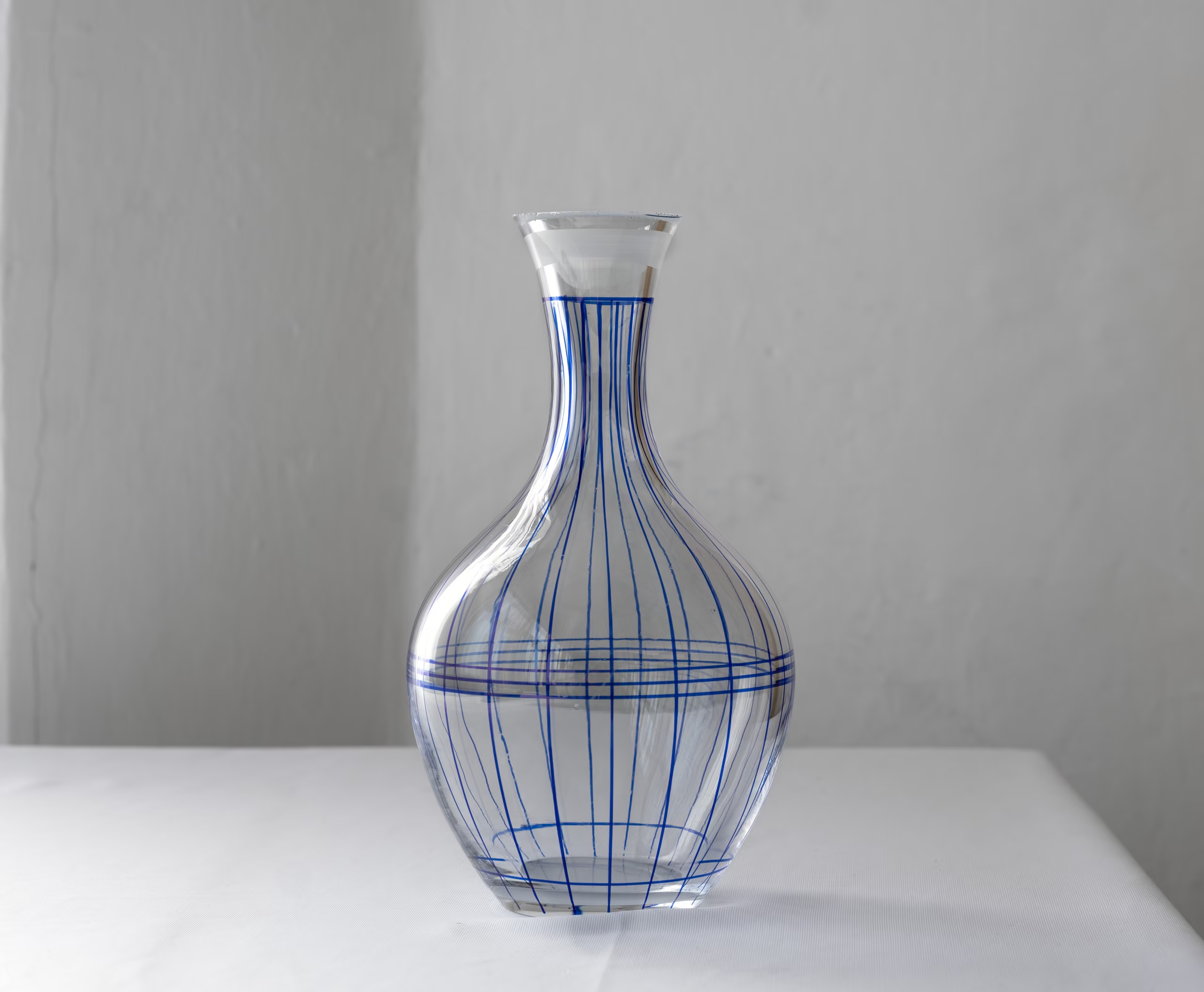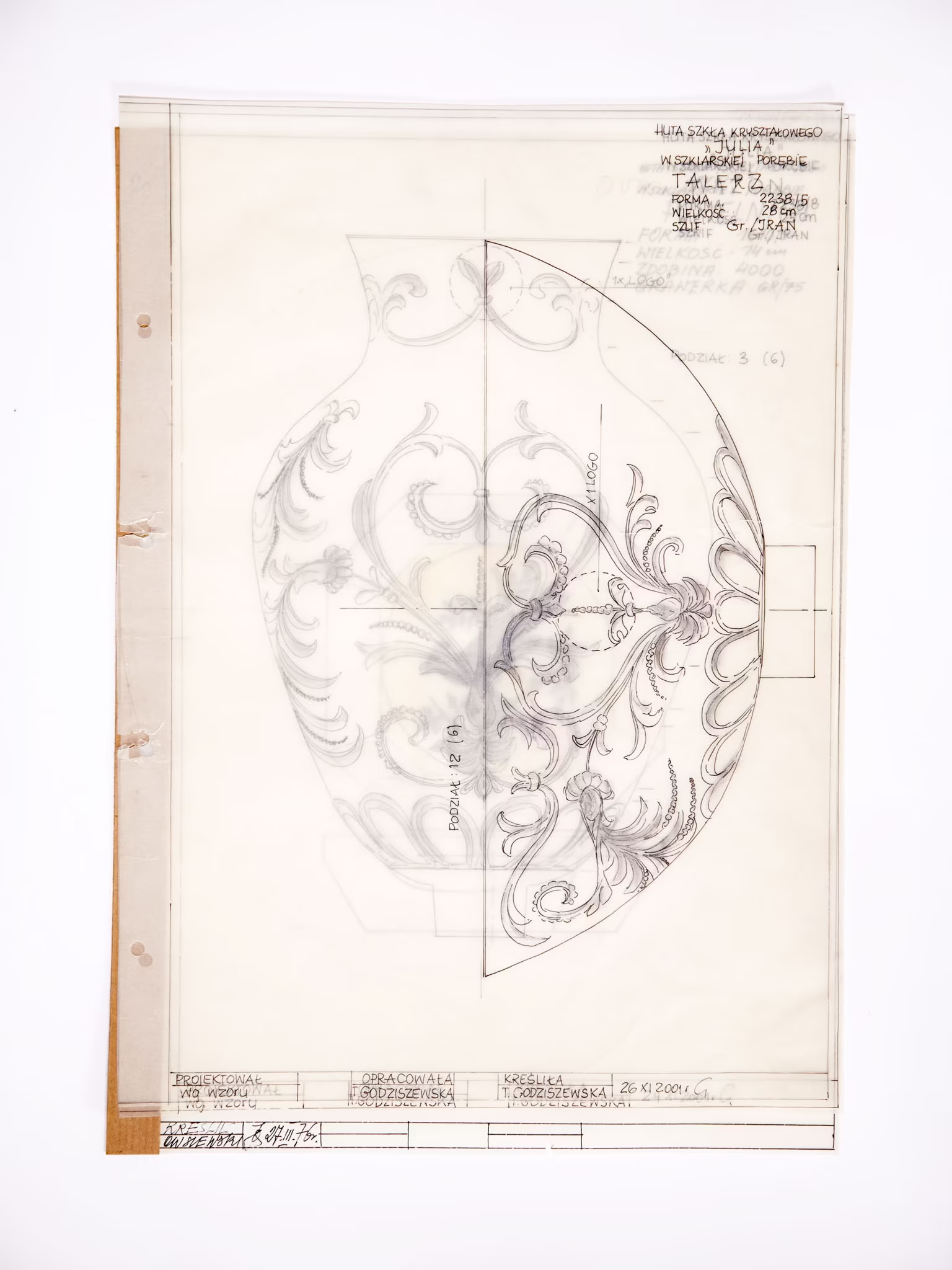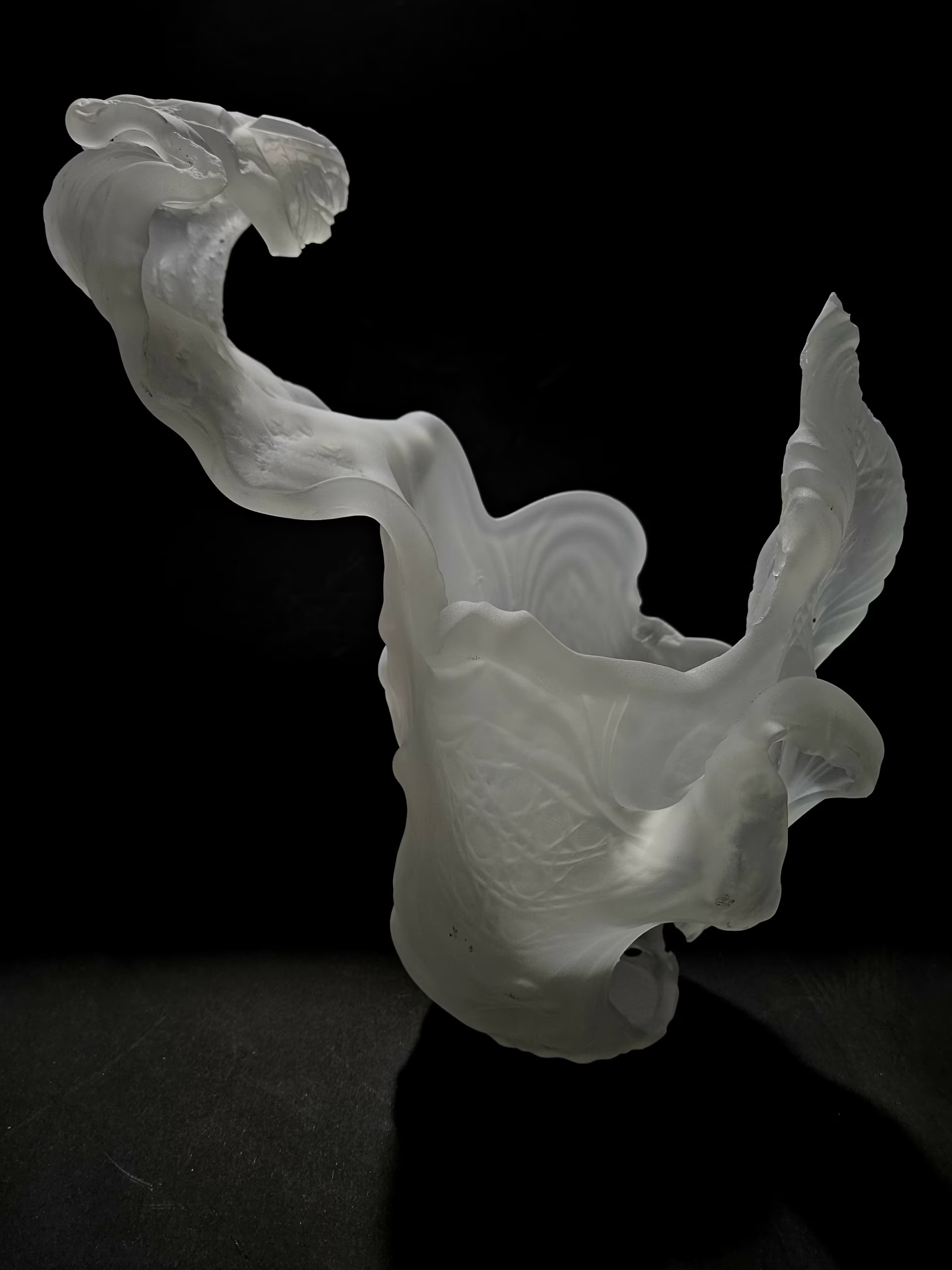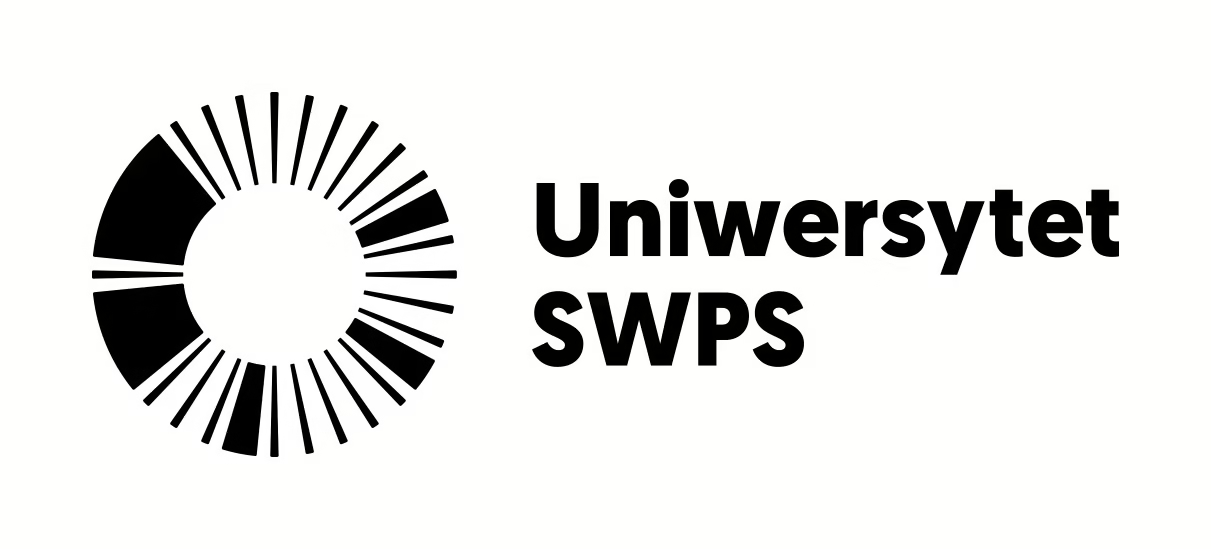Cut and Polished. An Exhibition on Crystal Glass and the Julia Glassworks
Wine glasses like these had a place of honor in homes. They sat in wall units, in showcases, and cabinets. They were only pulled out for special occasions. In communist Poland, “crystals,” or lead glassware with decorative engravings, were a symbol of luxury and social status. They were produced by over a dozen factories in Poland. The Cut and Polished exhibition explores the relationships between crystal glass and people.
“Crystals” are a starting point for a tale about the physicality of glass, artisan traditions, and the symbolic meanings attributed to objects. Artists see these flickering and fragile glasses or vases as the carriers of human stories. The tales of the workers who created the decorative glass weave into the exhibition narrative with a panorama of meanings given to it by users. This story of crystal glass winds through artworks, archival materials, and ethnographic research. The exhibition includes photographs by Agnieszka Rayss, objects by Katarzyna Harasym made from damaged or forgotten vessels, and Aleksander Baszynski’s installation made of wine glasses.

Another dimension of the human relationship with crystal glass is introduced by archival production documents from the Julia Glassworks. These include decorative patterns that traditionally took the form of technical ink drawings on carbon paper. The cuts, turning the glass into “real crystal,” are handmade by experienced workers to this day. Their personal stories, inextricably linked with the history of the plant, were heard by Ewa Klekot. Collected in the form of audio recordings, they are a vital complement to the exhibition. The final layer of the exhibition is the equipment used in various stages of production and decoration of the crystal glass objects, as well as glassware produced in Piechowice.
Cut and Polished is a multilayered narrative of ways of experiencing “crystals” and various aspects of how they coexist with people. Crystal glass, which is coming back in style in recent years, is displayed in an ethnographic, social, and historical context. Aside from being attractive, its material form acquires new and unexpected significance.
- Curators: Ewa Klekot, Agnieszka Rayss
Artists: Aleksander Baszynski, Katarzyna Harasym, Ewa Klekot, Agnieszka Rayss - Gallery program: Mika Drozdowska
- Visual identification and exhibition design: Grupa Projektor
Production: Patrycja Ścisłowska
Promotion: Joanna Glinkowska, Berenika Nikodemska, Żaneta Wańczyk - Assembly: Daria Chraścina, Jakub Jakubowicz, Tomasz Koczoń
- Audience engagement: Daniel Mroczyński
- Editorial oversight: Joanna Osiewicz-Lorenzutti
- English translation: Soren Gauger
- Media patrons: Notes Na 6 Tygodni, Format Art Journal, Radio Wrocław, Radio Wrocław Kultura, TVP3 Wrocław
- Co-organizer: Julia Crystal Glassworks
- This project was carried out with the financial support of SWPS University
- Partners: Ediotech, Qprint
- BWA Wrocław program: Katarzyna Roj
- Director of BWA Wrocław: Maciej Bujko
The curators would like to express their sincere and heartfelt thanks to the management and all employees of the Julia Glassworks in Piechowice for their tremendous kindness, openness and willingness to cooperate during the project, as well as for their help in preparing materials for the exhibition.
Project was co-financed by the SWPS University.


